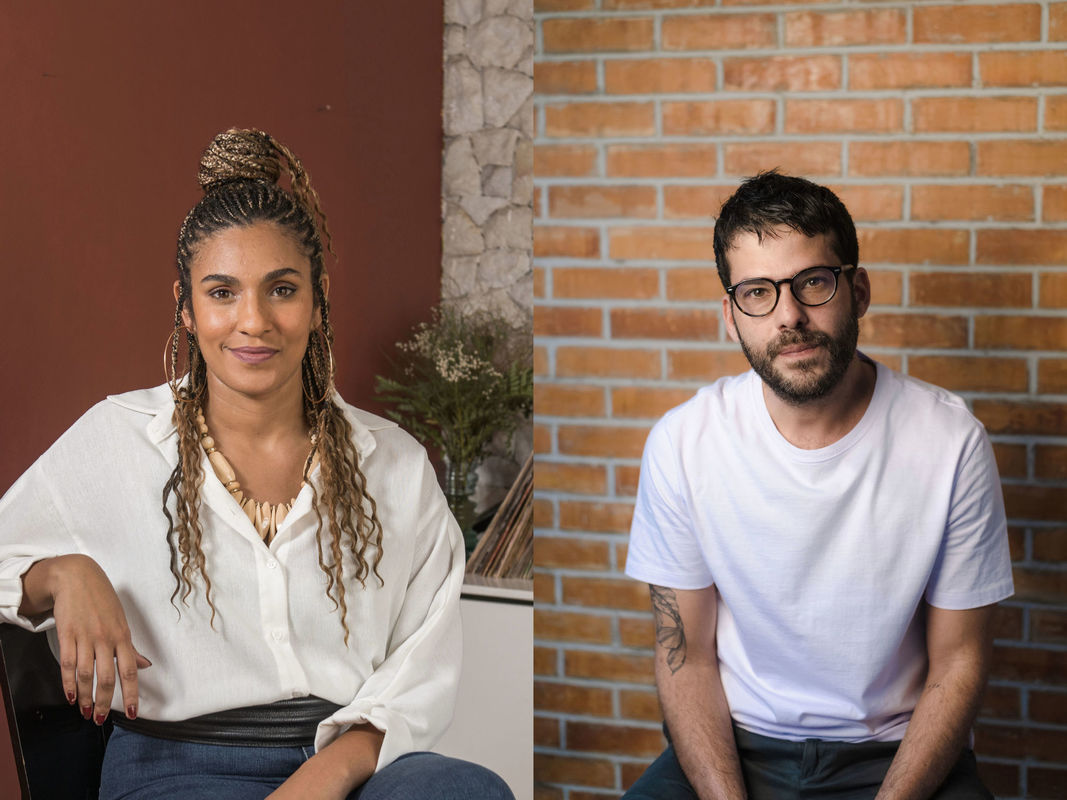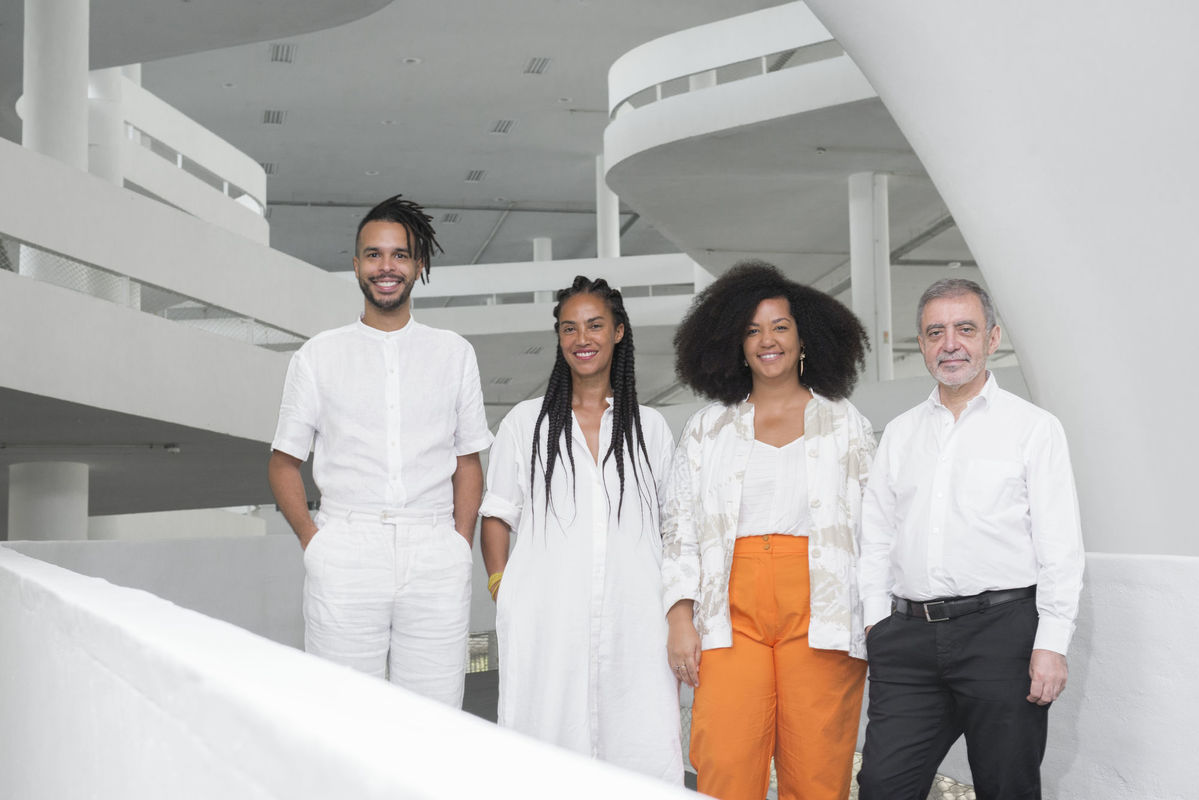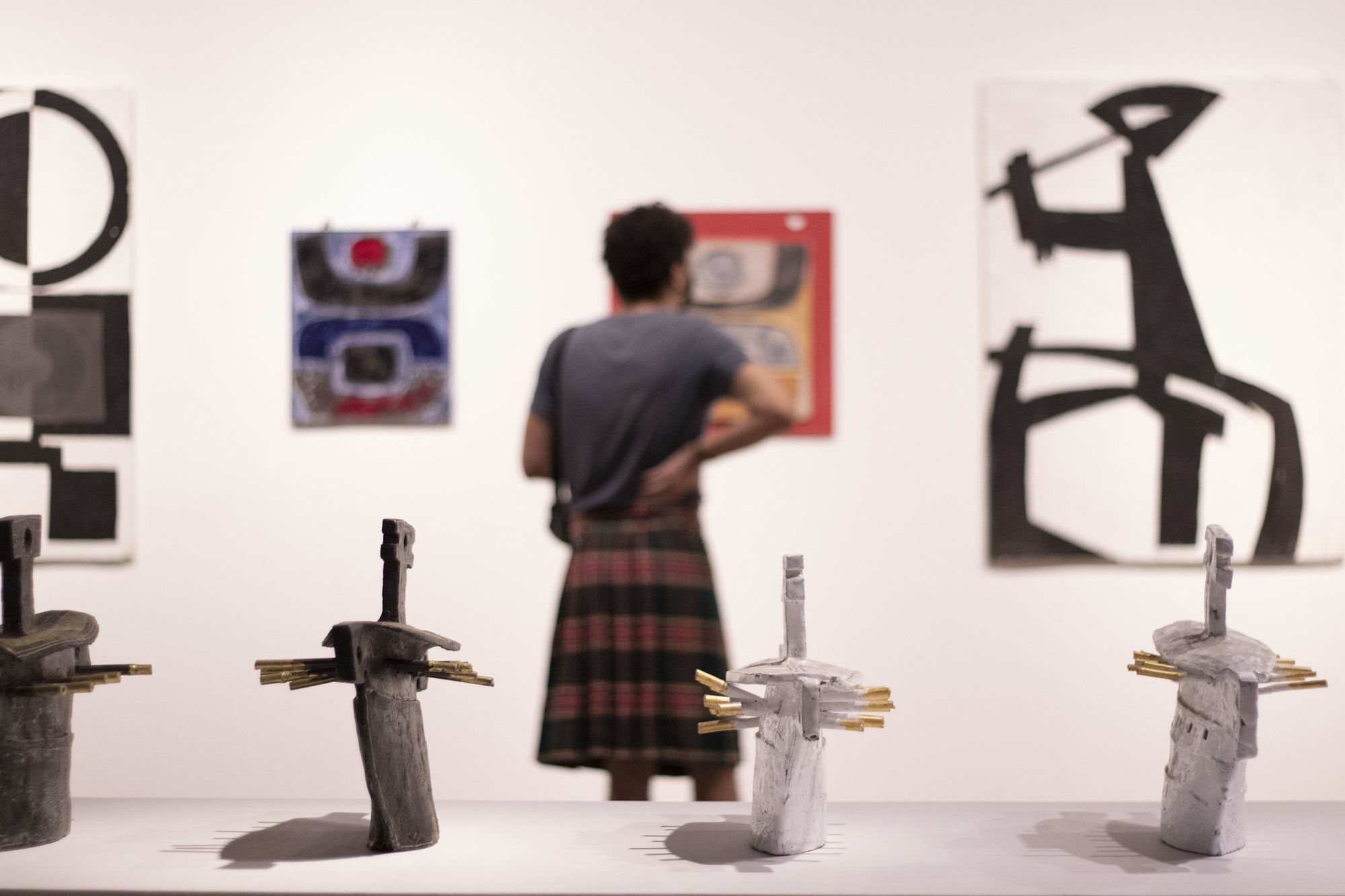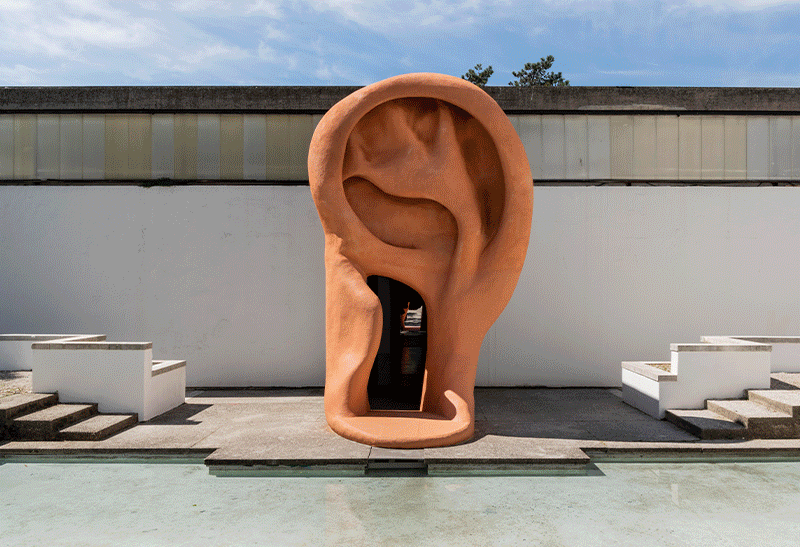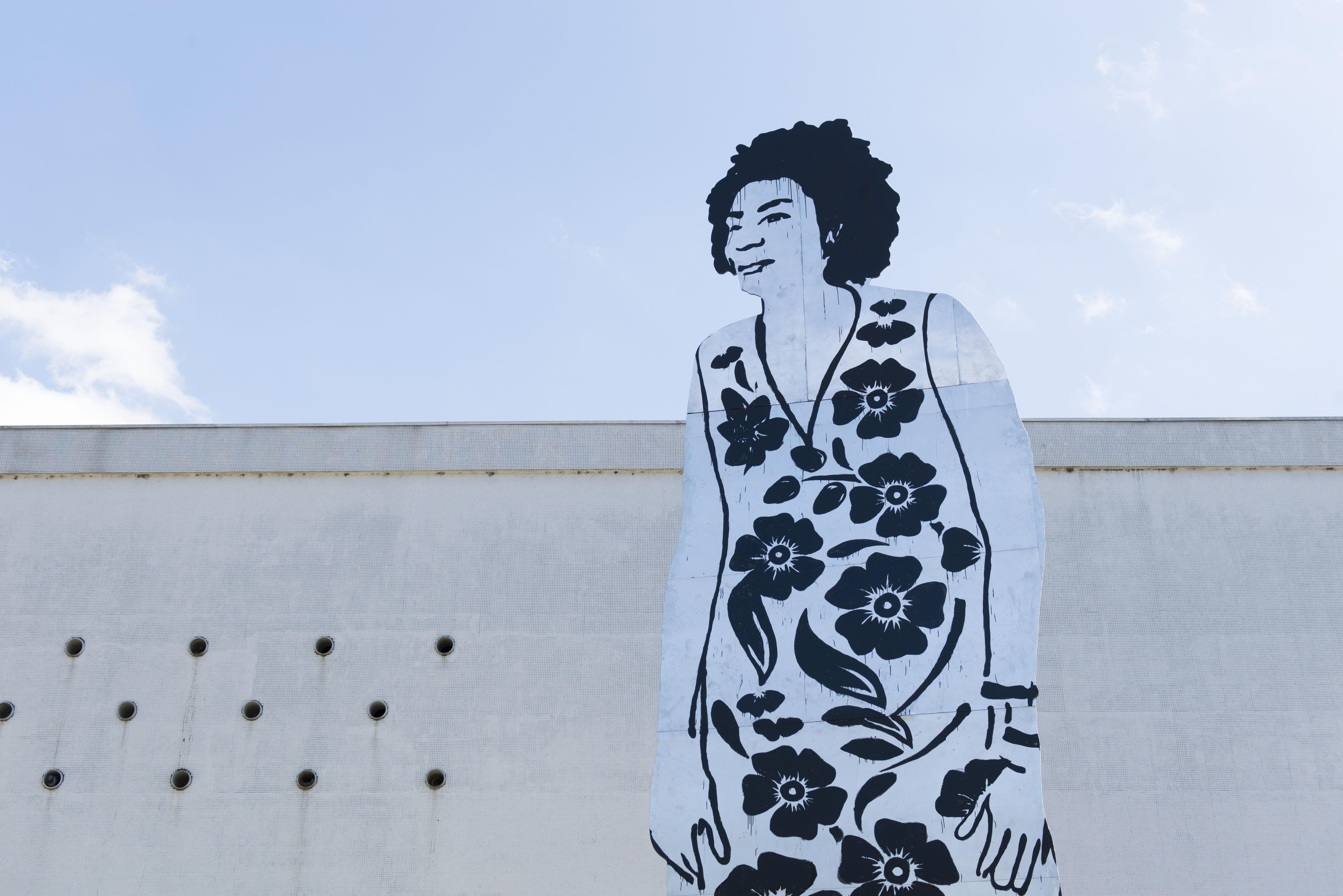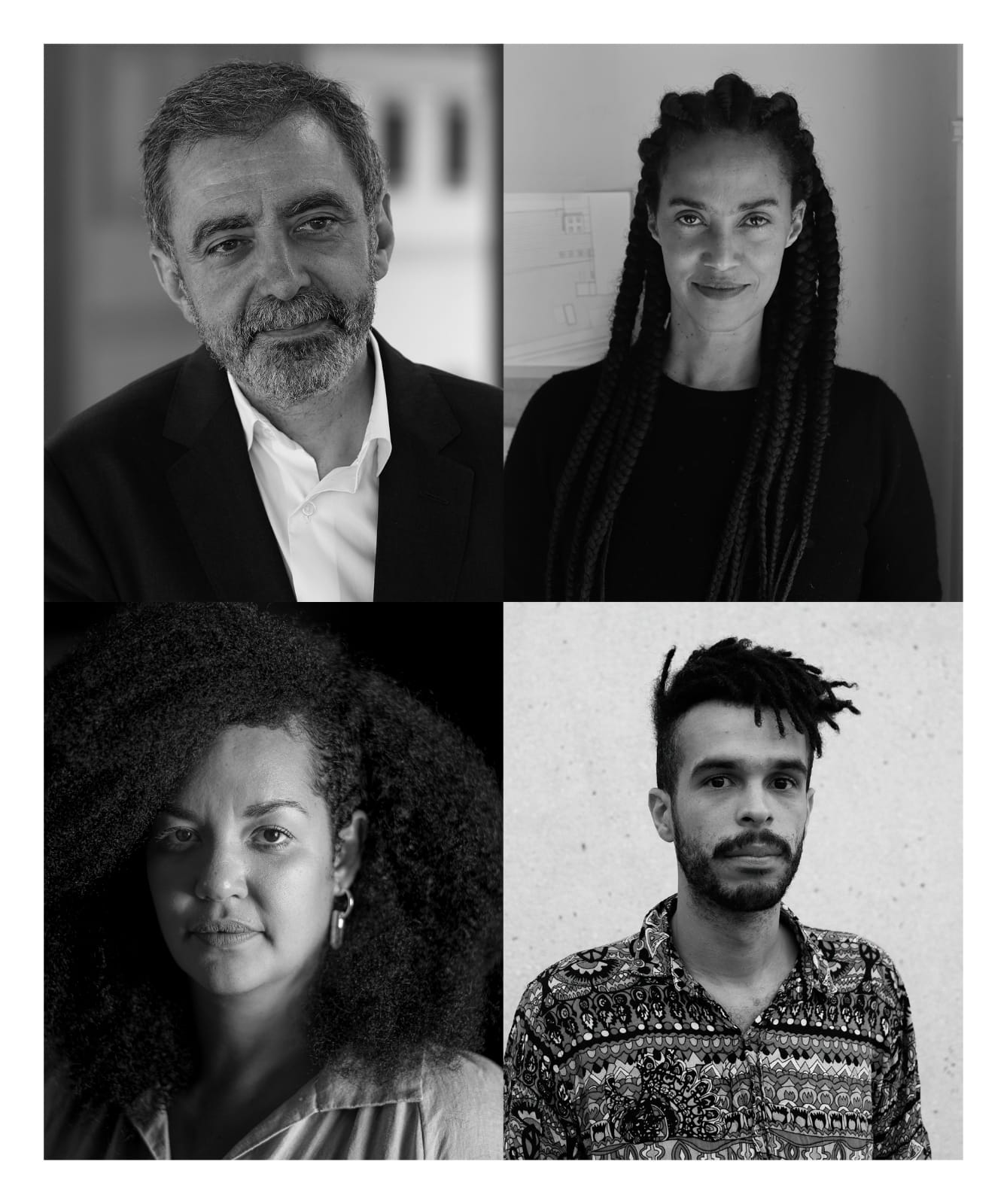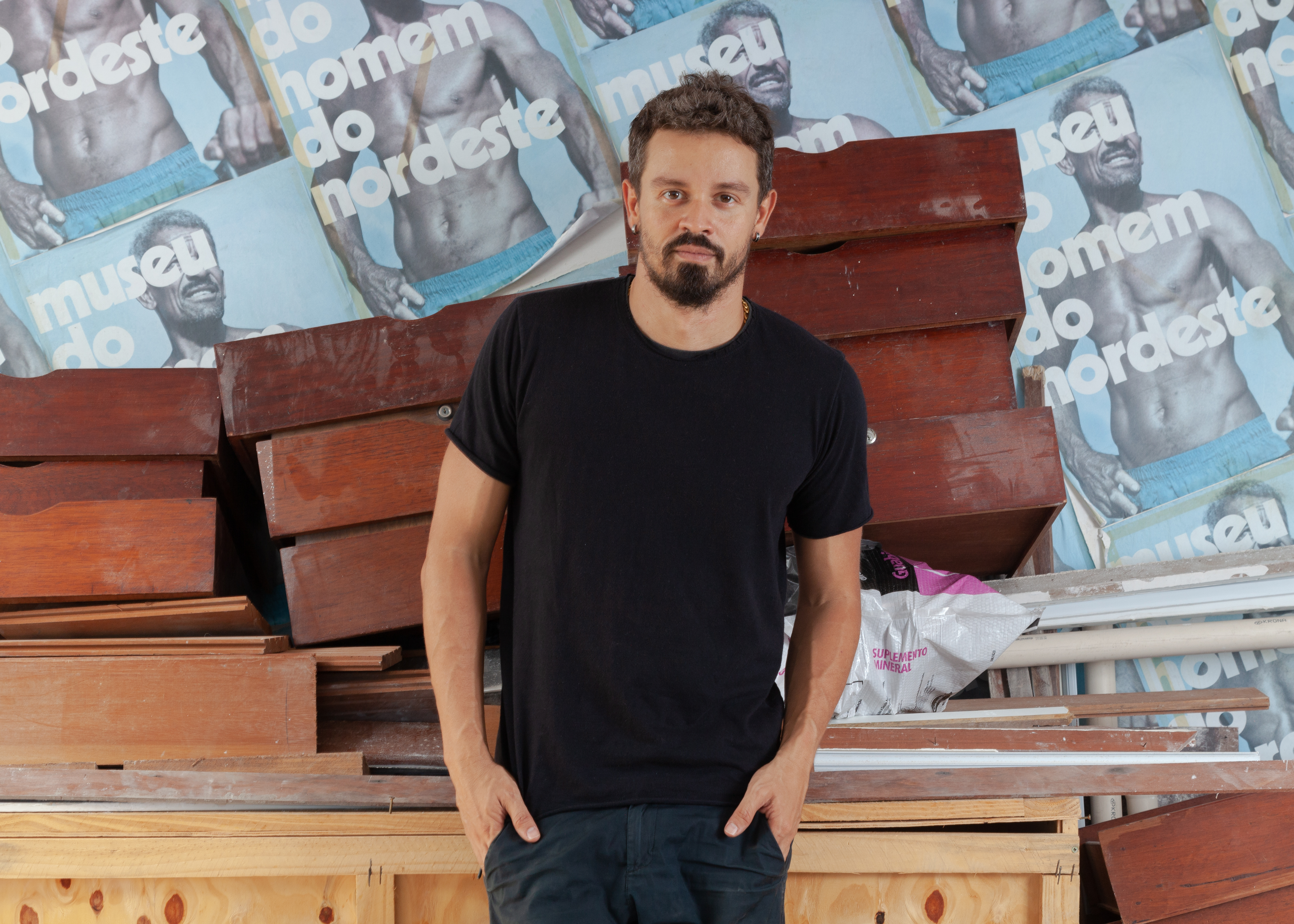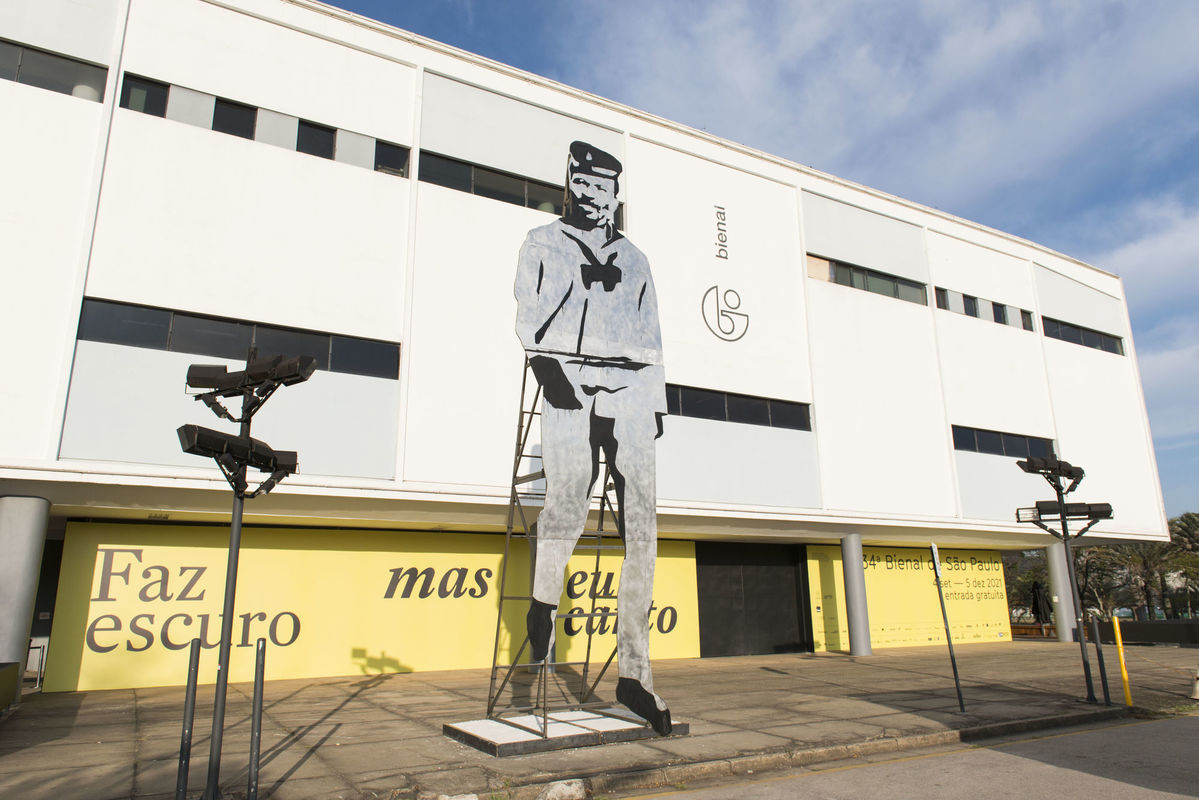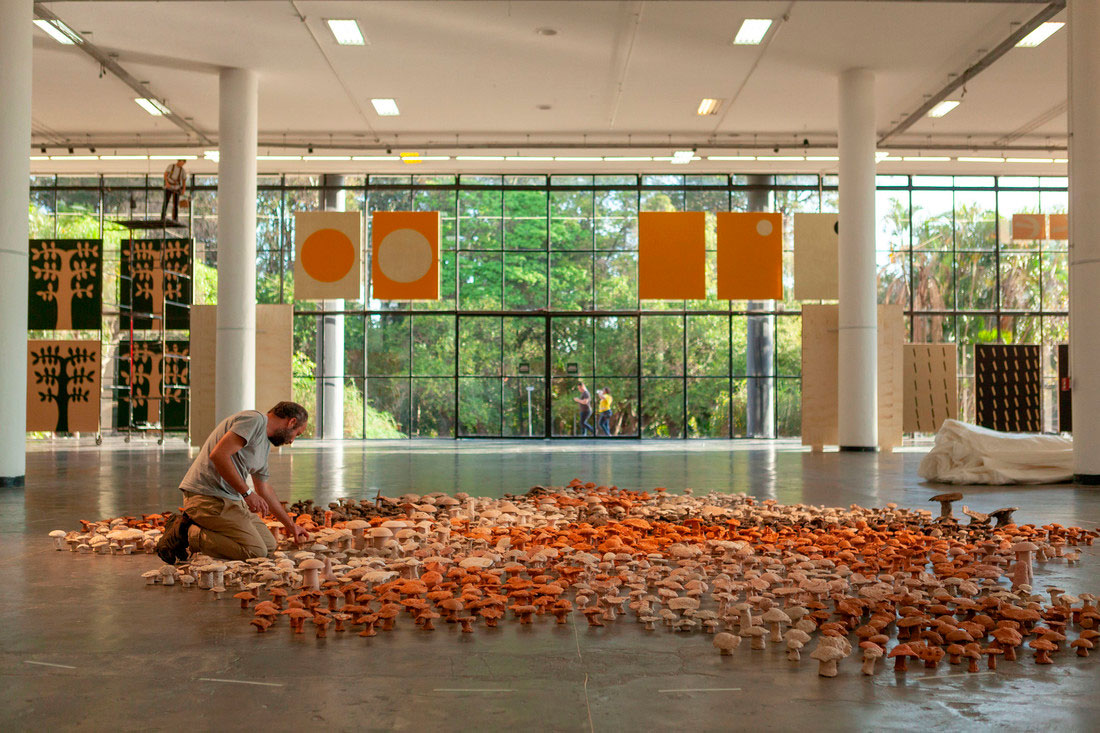
From September 7 to December 9, 2008, the 33rd Bienal de São Paulo – Affective Affinities will focus on the individual experience of the spectator. The title chosen by chief-curator Gabriel Pérez-Barreiro – appointed by the Fundação Bienal de São Paulo to conceive the show – refers to the novel by Johann Wolfgang von Goethe Elective Affinities (1809) and the thesis “On the Affective Nature of Form in the Work of Art” (1949), by Mário Pedrosa.
The title is not meant as a guiding theme for the exhibition, but rather characterizes its organization based on the artistic and cultural affinities among those involved. Presence and attention are the premises of this edition of the event, in a reaction to a world of ready-made truths, in which information is fragmented and people find it hard to concentrate, leading them into alienation and passivity.
For this edition, alongside twelve solo projects chosen by Pérez-Barreiro, the curator invited seven artist-curators to conceive group shows with total freedom in the choice of the artists and the selection of artworks – the only requirement was that they also include artworks of their own authorship.
Curatorial propositions conceived by the artist-curators
Alejandro Cesarco | Aos nossos pais [To Our Parents]
Participating artists:Alejandro Cesarco (URU/EUA, 1975) / Andrea Büttner (GER, 1972) / Cameron Rowland (EUA, 1988) / Henrik Olesen (DEN, 1967) / Jennifer Packer (EUA, 1984) / John Miller* (EUA, 1954)* incluindo obra em colaboração com Richard Hoeck (AUT, 1965) / Louise Lawler (EUA, 1947) / Matt Mullican (EUA, 1951) / Oliver Laric (AUT, 1981) / Peter Dreher (GER, 1932) / Sara Cwynar (CAN, 1985) / Sturtevant (EUA, 1924 – FRA, 2014)
Based on his interest in questions such as repetition, narrative and translation, Alejandro Cesarco presents Aos nossos pais, which “proposes questionings into how the past (history) simultaneously makes possible and frustrates potentials and how it can be rewritten by the artist’s work, a generator of differences on the basis of repetitions,” he explains. Besides Cesarco, three generations of artists are participating in the show, including Sturtevant, Louise Lawler and Cameron Rowland.
Antonio Ballester Moreno | sentido/comum [common/sense]
Participating artists: Andrea Büttner (GER, 1972) / Antonio Ballester Moreno (ESP, 1977) / Escola de Vallecas: Alberto Sánchez (ESP, 1895 – RUS, 1962), Benjamín Palencia (ESP, 1894 – 1980) / Friedrich Fröbel (GER, 1782 – 1852) / José Moreno Cascales (ESP, 1910 – 1982) / Mark Dion (EUA, 1961) / Matríztica: Humberto Maturana (CHI, 1928) & Ximena Dávila (CHI, 1952) / Rafael Sánchez-Mateos Paniagua (ESP, 1979)
Antonio Ballester Moreno approaches his curatorship at the 33rd Bienal as a way to contextualize a universe based on the close relationship between biology and culture, with references to the history of abstraction and its interaction with nature, pedagogy and spirituality. The participants include philosopher and pedagogue Friedrich Fröbel and Rafael Sánchez-Mateos Paniagua, who also contributed to the educational publication Convite à atenção [Invitation to Attention].
Claudia Fontes | O pássaro lento [The Slow Bird]
Participating Artists: Ben Rivers (UK, 1972) / Claudia Fontes (ARG, 1964) / Daniel Bozhkov (BUL/EUA, 1959) / Elba Bairon (BOL, 1947) / Katrín Sigurdardóttir (ISL/EUA, 1967) / Pablo Martín Ruiz (ARG, 1964) / Paola Sferco (ARG, 1974) / Roderick Hietbrink (HOL, 1975) / Sebastián Castagna (ARG, 1965) / Žilvinas Landzbergas (LTU, 1979)
Claudia Fontes bases her exhibition titled O pássaro lento [The Slow Bird] on a fictional book of the same name, whose content is unknown. Fontes and the invited artists present artworks that activate the approximations between visual arts, literature and translation through experiences that propose an expanded temporality. All of the participants, with the exception of Roderick Hietbrink, have produced artworks especially for the show.
Mamma Andersson | Stargazer II
Participating artists: Åke Hodell (SWE, 1919 – 2000) / Bruno Knutman (SWE, 1930 – 2017) / Carl Fredrik Hill (SWE, 1849 – 1911) / Dick Bengtsson (SWE, 1936 – 1989) / Ernst Josephson (SWE, 1851 – 1906) / Gunvor Nelson (SWE, 1931) / Henry Darger (EUA, 1892 – 1973) / Ícones russos / Ladislas Starewitch (POL/RUS, 1882 – FRA, 1965) / Lim-Johan (SWE, 1865 – 1944) / Mamma Andersson (SWE, 1962) / Miroslav Tichý (CZE, 1926 – 2011)
For her exhibition, Stargazer II, Mamma Andersson has gathered a group of artists who have inspired her production as a painter. “I am interested in artists who work with melancholy and introspection as a way of life and form of survival,” states Andersson. Her selection includes Henry Darger and Dick Bengtsson and contemporary artists such as filmmaker Gunvor Nelson and Åke Hodell, among others.
Sofia Borges | A infinita história das coisas ou o fim da tragédia do um [The Infinite Story of Things or the End of the Tragedy of One]
Participating artists*: Adelina Gomes (BRA, 1916 – 1984) / Ana Prata (BRA, 1980) / Antonio Malta Campos (BRA, 1961) / Arthur Amora* / Bruno Dunley (BRA, 1984) / Carlos Ibraim* / Carlos Pertuis (BRA, 1910 – 1977) / Coletivo Summit: Alessandra Meili (BRA, 1970), Rebecca Sharp (BRA, 1976) e Sofia Borges / Isaac Liberato (BRA, 1906 – 1966) / Jennifer Tee (HOL, 1973) / José Alberto de Almeida (BRA, 1959) / Lea M. Afonso Resende* / Leda Catunda (BRA, 1961) / Martin Gusinde (POL, 1886 – AUT, 1969) / Rafael Carneiro (BRA, 1985) / Sara Ramo (ESP, 1975) / Sarah Lucas (UK, 1962) / Serafim Alvares* / Sofia Borges (BRA, 1984) / Sônia Catarina Agostinho Nascimento (BRA, 1959 – 2004) / Tal Isaac Hadad (FRA, 1976) / Thomas Dupal (SIN/FRA, 1981) / Tunga (BRA, 1952 – 2016) / Vicente* * no biographical data available * A research group conceived by Borges will carry out projects of activation during the Bienal. Some of the above-mentioned artists will participate along with others invited during the run of the exhibition.
Sofia Borges’ (Brazil, 1984) curatorship of A infinita história das coisas ou o fim da tragédia do um is based on a reading of tragedy to investigate the limits of representation and the impossibility of language as a tool for mediating the real. In her exhibition project, the selection of pre-existing artworks is accompanied by specially commissioned works. One of the particularities of her proposal is its activation by a program of experiences throughout the run of the Bienal, carried out by invited artists who may or may not have artworks permanently installed at the exhibition.
Waltercio Caldas | Os aparecimentos [The Appearances]
Participating artists: Anthony Caro (UK, 1924 – 2013), Antonio Calderara (ITA, 1903 – 1978), Antonio Dias (BRA, 1944), Armando Reverón (VEN, 1889 – 1954), Blaise Cendrars (SUI, 1887 – 1961), Bruce Nauman (EUA, 1941), Cabelo (BRA, 1967)
Friedrich Vordemberge-Gildewart (GER, 1899 – 1962), Gego (GER, 1912 – VEN, 1994, Jorge Oteiza (ESP, 1908 – 2003), José Resende (BRA, 1945), Miguel Rio Branco (ESP, 1946), Milton Dacosta (BRA, 1915 – 1988), Oswaldo Goeldi (BRA, 1895 – 1961), Richard Hamilton (UK, 1922 – 2011), Sergio Camargo (BRA, 1930 – 1990), Tunga (BRA, 1952 – 2016), Vicente do Rego Monteiro (BRA, 1899 – 1970), Victor Hugo (FRA, 1802 – 1885), Waltercio Caldas (BRA, 1946)
Waltercio Caldas (Brazil, 1946) has designed a space in which artworks by artists from various periods are confronted with works of his own authorship. “Since an artist’s production deals with countless questions that vary over time, I chose artworks that deviate from what is most known about each of them and from our outstanding for their value and specificity.” The artist’s challenging view of his own work and often unusual confrontations – as between works by Victor Hugo, Jorge Oteiza and Vicente do Rego Monteiro — open new possibilities of reading.
Wura-Natasha Ogunji | sempre, nunca [always, never]
Participating artists: Lhola Amira (SAF, 1984), Mame-Diarra Niang (FRA, 1982), Nicole Vlado (EUA, 1980), ruby onyinyechi amanze (NGR, 1982), Wura-Natasha Ogunji (EUA/NGR, 1970), Youmna Chlala (LIB, 1974)
For her exhibition project, composed exclusively of especially commissioned artworks, Wura-Natasha Ogunji invited five artists from different backgrounds and nationalities to create, like her, new artworks in a collaborative and horizontal curatorial process. “Their creative investigations range from the intimate (body, memory, gesture) to the epic (history, country, cosmos),” Ogunji explains. In sempre/nunca, the six artists are presenting new artworks that explore space and place in relation to the body, to history and to architecture. “Developed in a dialogue among artists, their individual projects and practices intercross ideas and questions about courage, freedom and experimentation, key aspects of the artistic process,” she adds.
Twelve individual projects selected by Gabriel Pérez-Barreiro
Among the twelve individual projects chosen by the curator, three of them are posthumous homages to Aníbal López (1964-2014, Guatemala), Feliciano Centurión (Paraguay, 1962 – Argentina, 1996), and Lucia Nogueira (Brazil, 1950 – United Kingdom, 1998). “I wanted artists who were historical, but at the same time not established. Bringing them to the Bienal is a way of rescuing them from their disappearance in the history of art and to show them to the new generations,” says Pérez-Barreiro. For the curator, the realization of these exhibitions also signifies a substantial contribution by the Fundação Bienal in the research, cataloging and recovery of these artists.
Aníbal López, also known as A-1 53167, his ID number, was one of the pioneers of performance art in his country. His work, which includes video, performance, live act and urban interventions, among other forms of expression, has a strong political character and is concerned with questions of disputes about national borders, indigenous cultures, military abuses and even the art market. The show dedicated to him features video and photographic records of ephemeral actions carried out as a form of protest to the objectification and fetishization of art.
The queer universe is delicately approached by Feliciano Centurión, who left his birth country, Paraguay, to live in Argentina, where he became a leading figure of the so-called Rojas generation (the first artists to show at the gallery of the Centro Cultural Rector Ricardo Rojas, of the Universidad de Buenos Aires) until succumbing to HIV-related complications, at the age of 34. Born to a family of female embroiderers, the artist appropriated artisanal practices as a language to express elements of his personal history.
Still little-known in Brazil, Goias State artist Lucia Nogueira developed an internationally recognized career and is an essential figure for understanding the British art of her time. Her sculptures and installations, the focus of the solo show devoted to her at the 33rd Bienal, subvert the utilitarianism of objects with subtle humor, both through the unusual association between elements as well as the wordplay constantly present in her titles, creating an atmosphere of strangeness and poetry.
Individual projects by another nine artists, eight of whom are presenting especially commissioned works, complete Pérez-Barreiro’s selection. Of the group, the only one showing a historical body of work is Siron Franco (Brazil, 1950), with a series of paintings Césio/Rua 57. In this series, Franco eternalizes the sense of horror and isolation caused by the radioactive accident that took place in 1987 in the Bairro Popular district, in his hometown, Goiânia, with the element Cesium 137.
The eight artists with specially commissioned projects have in common the development of artworks that do not fit within a thematic structure. “They are complex researches that operate individually and do not need an additional context for the spectator to relate with the artworks,” explains Pérez-Barreiro.
From Buenos Aires, the artist Alejandro Corujeira (Argentina, 1961) possesses a light and fluid formal conception, which seems to want to capture the movement of nature. He will have sculptures and paintings featured in the show. Denise Milan (Brazil, 1954) has created sculptures and installations with large stones and crystals. At the 33rd Bienal, the artist will show for the first time a large installation based on these elements.
Daily life serves as inspiration for the artworks by Maria Laet (Brazil, 1982), who will show a new video at the 33rd Bienal, and by Vânia Mignone (Brazil, 1967), who will present new paintings that resonate with the lyricism of Brazilian popular music. Nelson Felix (Brazil, 1954) will show a new work composed of three moments. The first two (absent in the exhibition space of the Bienal) are a physical action on the American continent that catalyzes the project and a subsequent piece that synthesizes the work as a whole, situated in a public space in the city of São Paulo. The third moment, shown in the Bienal Pavilion, consists of a series of sculptures conceived by the artist almost as a soundtrack for the entire project.
The researches by Bruno Moreschi (Brazil, 1982) and Luiza Crosman (Brazil, 1987) are related with the tradition of institutional criticism and are expressed in nontraditional artistic supports. “With these artists we have, within the exhibition, a critical viewpoint about how art operates, is shown and justified,” Pérez-Barreiro states. With this project, Moreschi proposes an invitation to think about the Bienal in a nontraditional way through an archive of unofficial experiments, consisting of a series of documents resulting from actions unleashed by him. For her part, Crosman acts on practices that are constitutive of the Bienal, which, in her view, do not need to be immutable. Collaborations with Zazie Edições, Pedro Moraes and Negalê Jones appear not only as a means of connecting various people in a project, but as a means of maximizing their effects, thus dealing with the concept of scale.
Based on a personal and poetic approach that combines a critical approach to institutions with poetic and narrative concerns, Tamar Guimarães (Brazil, 1967) will present a new video based on a reading of Memórias póstumas de Brás Cubas, a seminal text by Brazilian author Machado de Assis, made in collaboration with professional and nonprofessional actors and adapted to the institutional context and history of the Fundação Bienal.
Public programs
A program of meetings, lectures, performances and activations of artworks will take place in the spaces of the 33rd Bienal on a weekly schedule. For further information: 33.bienal.org.br/agenda
- On Thursdays, the program Des/re/organizações afetivas [Affective De/re/organizations], organized by consultant Marília Loureiro, based on curatorial investigations, will hold meetings with institutions, groups and initiatives that have implemented significant changes in their normal operating systems.
- In November, the seminar Practices of Attention, conceived by Stephanie Hessler and D. Graham Burnett, will consist of talks, workshops and performances around one of the central themes of the 33rd Bienal.
- Additionally, the artists Wura-Natasha Ogunji, Nicole Vlado, Lhola Amira, Tal Isaac Hadad and Luiza Crosman will conduct performances and activations of their artworks through events scattered in the space, and the artists Bruno Moreschi and Rafael Sánchez-Mateos Paniágua will conduct activations on online platforms.
Poster and educational publication
To conceive the poster for this edition, Raul Loureiro used the reproduction of the artwork Formas expressivas (1932), by Hans (Jean) Arp, a painting with wooden reliefs, accompanied by typographic elements.
The 33rd Bienal is also presenting its educational publication, produced by the Fundação Bienal team with the consulting of Lilian L’Abbate Kelian and Helena Freire Weffort. Under the title Convite à atenção [Invitation to Attention], this material proposes a variety of activities, which can be carried out individually or in groups, and inviting the reader to experience the art. The piece, which features new collages made by artist-curator Antonio Ballester Moreno, proposes a set of experiences whose use is not restricted to the 33rd Bienal, but can be applied to a wide range of artworks and contexts. The printed version will be given to the students who visit the show, but the general public can access its online version, available at the site bienal.org.br and at the 33rd edition’s app.
Before and throughout the Bienal, the educational program promotes a series of meetings among the workers of Ibirapuera Park interested in participating in the dynamics proposed in the educational material. With this initiative, the Fundação Bienal seeks to enlarge its public outreach and strengthen its relationships with its surroundings.
Digital platforms – the mobile app Spotify
In 2018, the Bienal is increasing its insertion in digital platforms:
- The traditional side bienal.org.br is being redirected to the hotsite of the 33rd edition.
- The audio guide audio33.bienal.org.br offers about 50 tracks in which the artists of the 33rd Bienal use sound and narratives as an extension of their practices. The transcriptions and translations of the audio content is available under the players.
- The Spotify streaming platform entered into a partnership with the institution and is making the content of the audio guide available as a podcast, to be accessed by the visitors’ cell phones. Moreover, playlists of musical selections made by the participating artists can be listened to on the platform.
- On the webapp app33.bienal.org.br, the user will find the contents of the exhibition, as well as a digital and playable version of the educational publication Convite à atenção [Invitation to Attention] (which proposes four stages of attention exercises) and of activities especially developed for this format.
Exhibition design
The exhibition design of the 33rd Bienal, conceived by Alvaro Razuk, foresees the creation of areas for resting and reflection among the different exhibition proposals, in keeping with Pérez-Barreiro’s proposal for the creation of spaces that encourage the visitor to slow down, observe and share experiences.
Publications
The editorial project of the 33rd Bienal serves as a platform that expands the activity of the artists in the show, as it allows them to explore the format of the artist’s book as a complement to the exhibition. The catalog of the 33rd Bienal features a set of 19 publications in the format of brochures and posters, developed in collaboration with the Fundação Bienal team and publishing consultant Fabiana Werneck.
Scheduled for release and circulation at the end of September, a complementary publication presents photographic records of the exhibition, a visual essay by photographer Mauro Restiffe, texts and interviews. In the piece, the artist-curators comment on the development of their selections for the publication and how their own works respond to the proposal.
Artist residencies
Through its partnership with the FAAP Artist Residence Program, a program first deployed at the 27th Bienal (2006) and renewed with each edition, five artists 33rd Bienal were in residence in São Paulo to develop their projects in the show: Lhola Amira (South Africa, 1984), Luiza Crosman (Brazil, 1987), Mame-Diarra Niang (France, 1982), Tal Isaac Hadad (France, 1976) and Tamar Guimarães (Brazil, 1967).

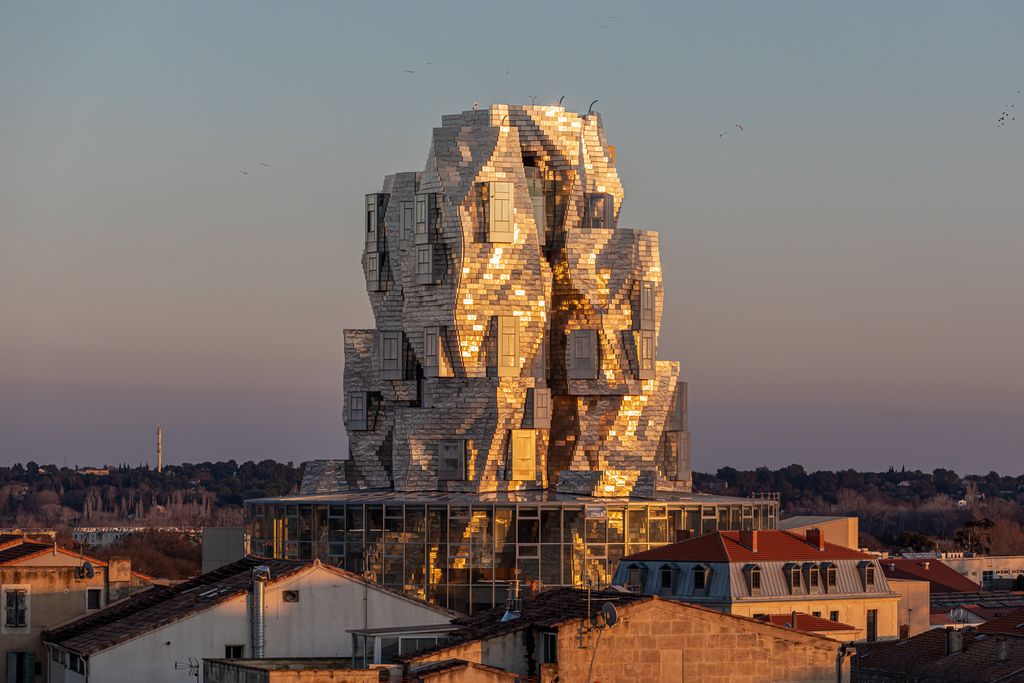

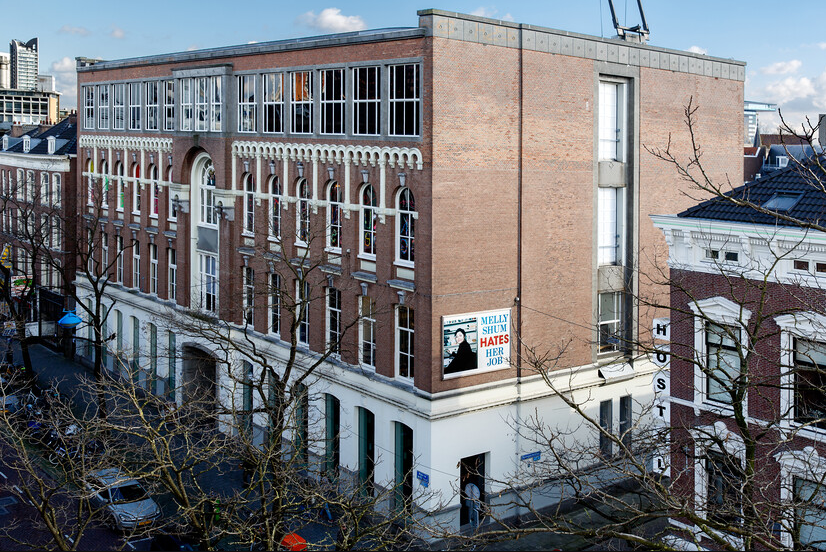
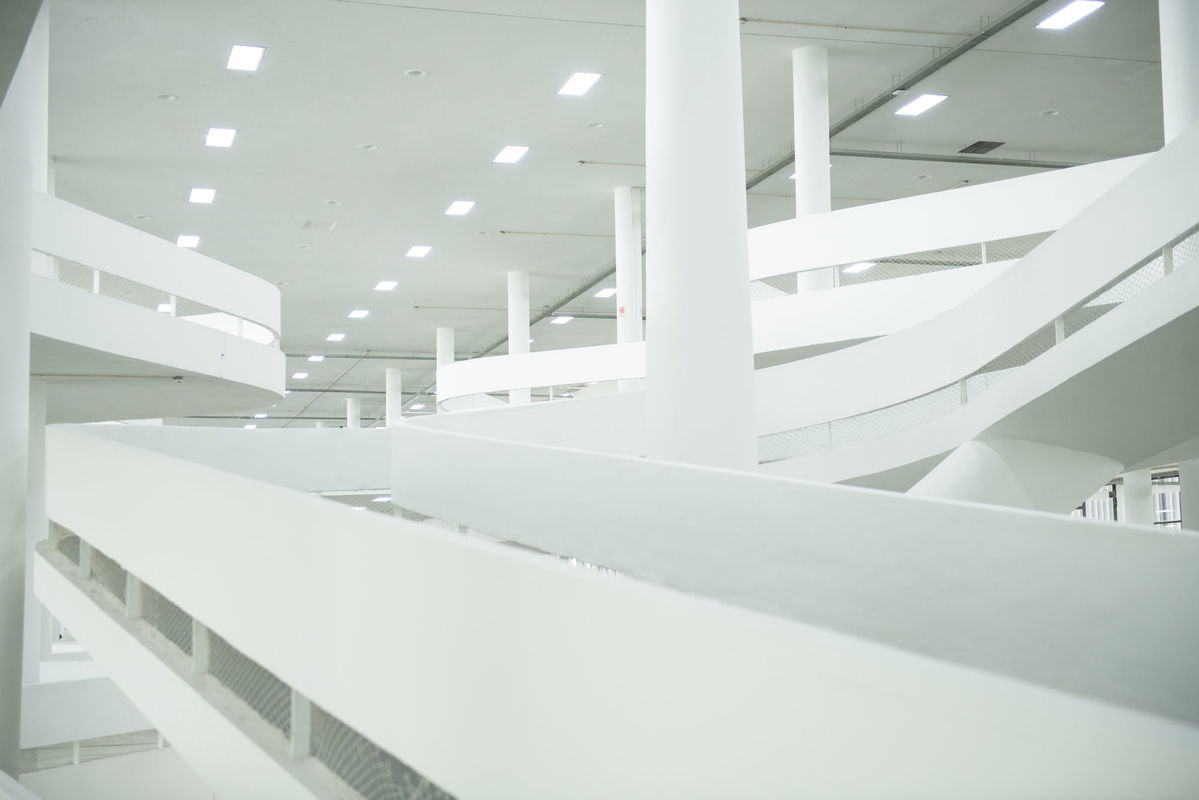
![View of the sculpture of the series Corte Seco [Dry cut] (2021), by Paulo Nazareth during the 34th Bienal de São Paulo. Commissioned by Fundação Bienal de São Paulo for the 34th Bienal de São Paulo](http://imgs.fbsp.org.br/files/81b3a05327e8559c64fc5cda09f3e1f8.jpg)
